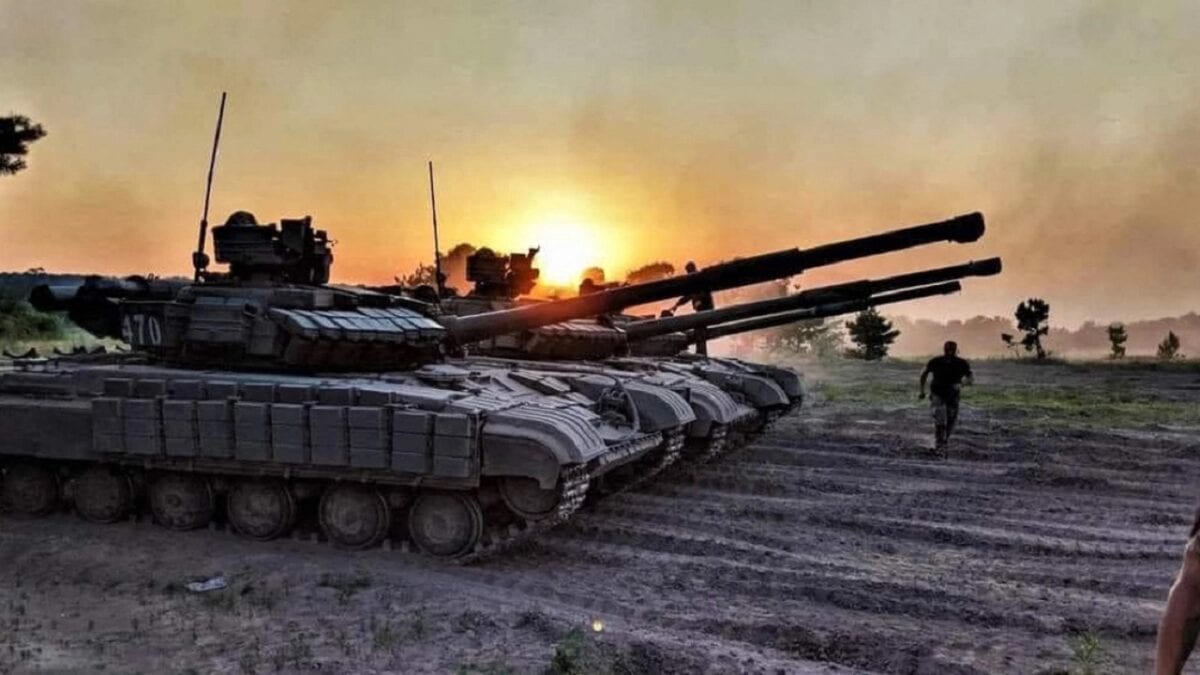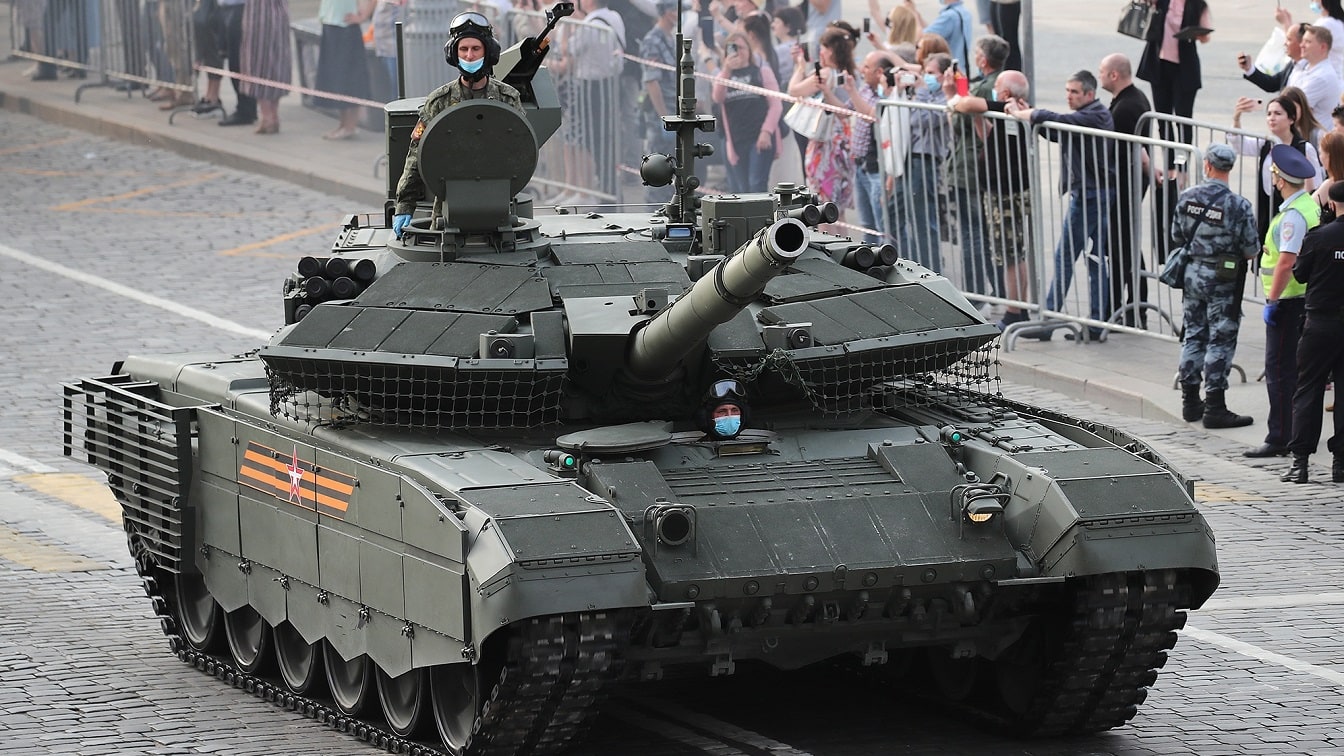In the current clash between Russia on one side, and Ukraine, NATO, and the United States on the other, it has become popular to ascribe every weakness and evil to Russian President Vladimir Putin’s military. While that may be emotionally satisfying to Western audiences, it is a dreadful way to form strategy. It causes us to deceive ourselves about our adversary’s true capability, and it harms our ability to form plans that will allow us to prevail.
Hard Truths on Ukraine War
Sun Tzu’s observation about knowing one’s enemy has hardened over the millennia into an ironclad strategic truth. It is not hard to imagine that if one wants to defeat an adversary, it is necessary to have a comprehensive, balanced, and thorough understanding of them. Underestimating or overestimating the enemy, or basing actions on an incomplete picture of their capabilities, will naturally lead to choosing ineffective stratagems.
Ukraine, the U.S. and NATO could fall into that trap by ignoring Moscow’s true nature and basing wartime policies on our preferred analysis of Russia as a constitutionally weak, blundering, incapable foe. This series will seek to correct Western misunderstandings of the Russian state and military so that we may make more informed decisions and draw out plans that have a reasonable chance of attaining outcomes beneficial to us, Ukraine, and the West.
(Editor’s Note: You can find all parts of this series here.)
This analysis will examine Russia from shortly before the outbreak of hostilities in February 2022 through today. This examination, like the famous Clint Eastwood movie, will reveal the good, the bad, and the ugly of Russia’s performance to date. It will also add a category: the very ugly. What will emerge is a complex picture of an adversary that has some real power (both conventional and nuclear) and real vulnerabilities. Fail to accurately assess which is which, and we could unwittingly lay the foundation for an unnecessary loss. Make sober judgments, however, and Kyiv could end up with something of value.
Nuclear Realities
Dealing with reality is a prerequisite for success. To date, the West has done poorly on this front. Many have set ideal war termination objectives: Russia ejected from Ukrainian territory back to the 1991 borders. Since Russia invaded Ukraine, they are in the wrong, and it is therefore entirely reasonable that all supporters of Ukraine would like to see all their territory returned.
But setting preferences aside, the first aspect of Russia the West must soberly understand is a simple, harsh reality: Russia holds the world’s largest stockpile of nuclear weapons and is one of the biggest producers of energy and agricultural products.
They have trump cards that make it effectively impossible to countenance an outright military defeat.
In 2014, Putin tied his legacy to preserving Crimea as Russian territory. Since last year’s illegal annexation of Eastern Ukrainian territory, he has deepened his commitment. It is virtually inconceivable that Putin would make any agreement, at any time, under any conditions, that would return control over any of the annexed territories back to Kyiv. Doing so would be seen by Russian citizens as an act of betrayal.
Neither would Putin passively allow a conventional military to drive his troops out.
If, hypothetically speaking, Ukraine were to generate sufficient combat power to start physically driving the Russians from the occupied territories, the chances that Putin would allow the conventional loss to stand without resorting to tactical nuclear weapons is virtually nil. Putin and other Russian officials have repeatedly stated that the only circumstance that would prompt them to employ nuclear missiles is if Russian territory were threatened — and the Kremlin expressly considers the occupied territories as Russian soil.
Many consider Putin’s threats to be merely bluff. Former U.S. Army general Ben Hodges went so far as to claim it was “unlikely” Russia “would escalate to a nuclear conflict if they lost or were about to lose Crimea. So we should stop deterring ourselves.”
Putin has already shown he is willing to use force to preserve his perception of Russian security needs — first in Georgia in 2008, then in Ukraine in 2014, and finally when he unleashed this all-out war in 2022. To advocate pressing a conventional military drive forward in the “unlikely” event Putin doesn’t stay true to his demonstrated character is grossly irresponsible, and a bad bet.
The West gave Ukraine the time, equipment, and ammunition to have at least a fighting chance at retaking territory in this present offensive. After almost two months, the Ukrainian Armed Forces have yet to take so much as a single intermediate objective, and evidence suggests they have little striking power left. It is therefore appropriate, given the combat realities, that Kyiv and its Western supporters begin considering alternative paths to conflict resolution, including a negotiated settlement on the best terms possible.

Image from Ukraine Government – handout.
To find the best ways to end the war on terms that most benefit Kyiv, it is crucial to understand the good, the bad, and the ugly of Russia’s conventional capacity. The objective will be to avoid Russian strengths and exploit their weaknesses. Next, we will turn our attention to a balanced assessment of Russia’s conventional power.
Daniel L. Davis is a Senior Fellow for Defense Priorities and a former Lt. Col. in the U.S. Army who deployed into combat zones four times. He is the author of “The Eleventh Hour in 2020 America.” Davis is a 19FortyFive Contributing Editor.

